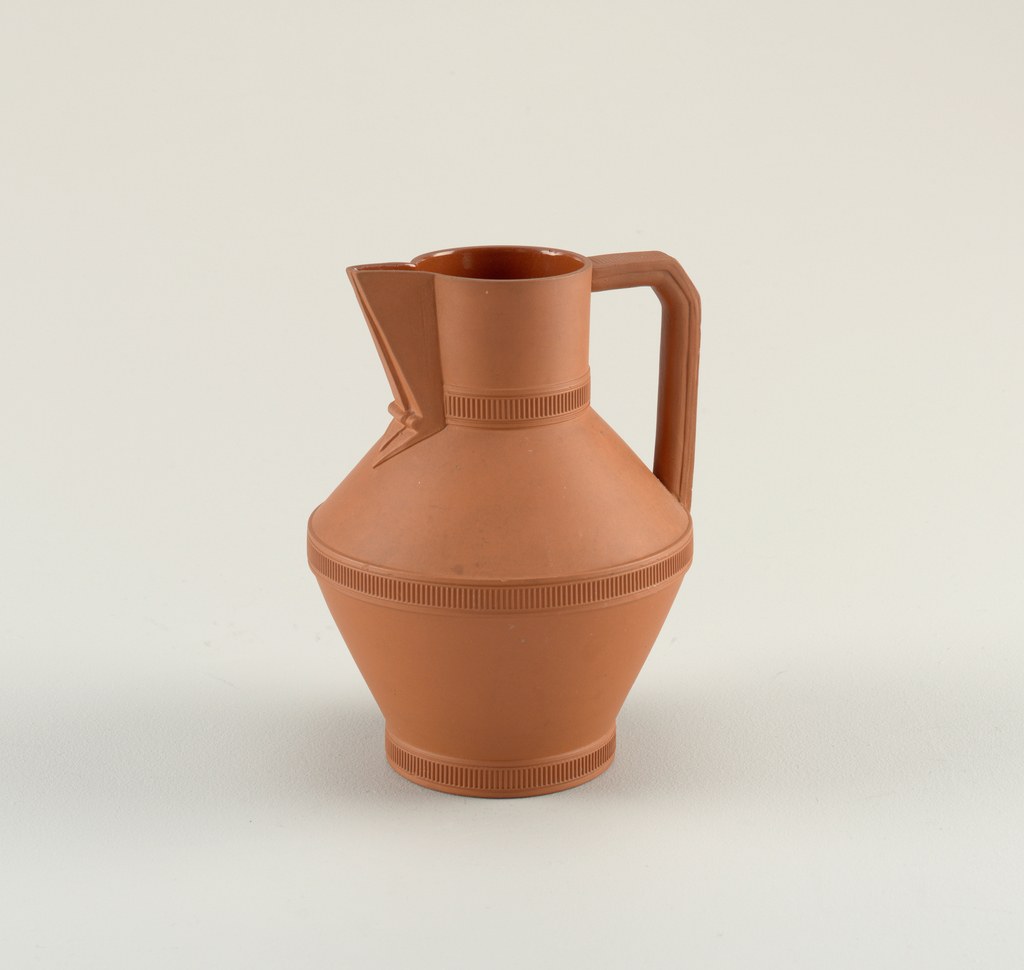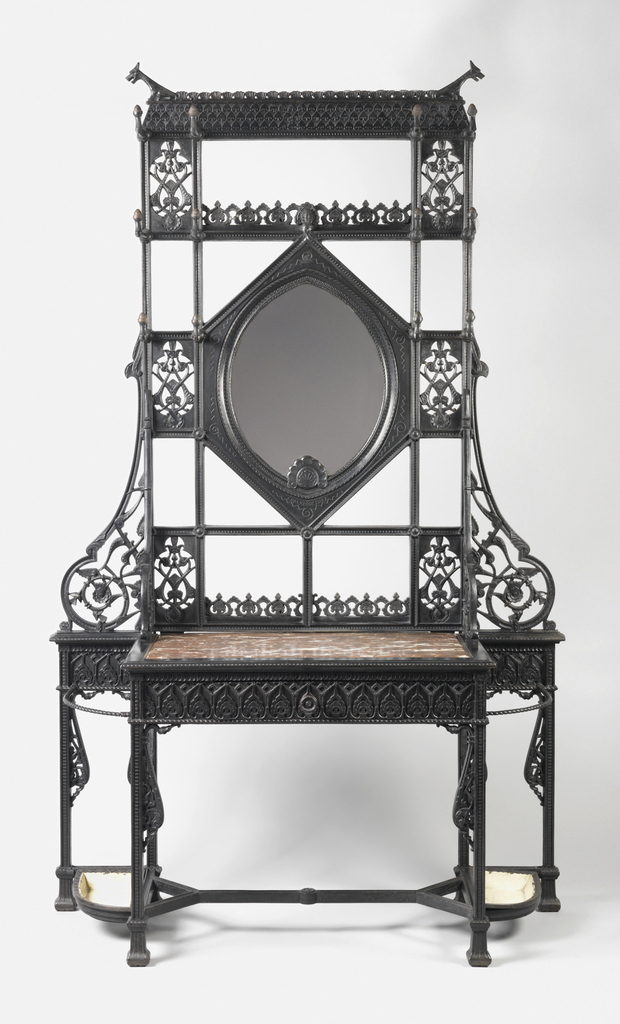The wallpaper manufacturer, Jeffrey & Co. published the trade catalog, The “Victorian” wall-papers, embossed leather-papers, staircase decorations, ceiling papers, detailing their collection of wallpapers, in 1887. Based at 64 Essex Road in London, the firm worked with a variety of designers who were active in the aesthetic and arts and crafts movements, such as E.W....
Trained as a cabinetmaker in his native Bohemia, Wenzel Friedrich immigrated to the United States in 1853, settling in San Antonio, Texas, and opening a revival-style furniture business. In 1880, he became more innovative, realizing the potential of the Texan stockyards’ abundant supply of Texas Longhorn cattle horns as a material for use in furniture...
When it comes to post-war wallpapers the kitsch award goes to American manufacturers. From the late 1940s through the 1950s the United States churned out more novelty wallpapers containing a greater volume of funky, humorous designs than probably all other nations combined. This wallpaper with rabbits is a perfect example, with Victorian bunnies sporting bathing...
During the Victorian era, Christopher Dresser vigorously designed household objects in a multitude of materials. He designed ceramics, metal, glass, and much more. This versatility was part of his brilliance as a commercial designer. While paying attention to both ornament and form throughout his career, Dresser’s attention shifted more toward form after visiting Japan in...
This sidewall was donated to the Cooper Hewitt by D. Lorraine Yerkes in 1941, along with several dozen other antique and contemporary wallpapers from her collection. Ms. Yerkes was an independent decorator, and founding member of the American Institute of Decorators, which still exists today as the American Society of Interior Designers. She ran her...
Christopher Dresser, a disciple of Owen Jones, was an early design reformer and is considered by some to be the first industrial designer. In addition to designing wallpapers, textiles, carpets, ceramics, and metalwork for a wide variety of European and American manufacturers, he published several influential books, including The Art of Decorative Design (1862), Principles...
The phantasmal world of Dr. Christopher Dresser’s ornamentation delights both the eye and the imagination. Dating from 1875, this iron hallstand features all the quintessential elements of Dr. Dresser’s highly stylized ornament. The “spikey” floral and figural motifs—also recognizable in this illustration for two grotesque dado rails—and his angular interlaced arabesques are frequently used in...
This French sidewall, produced ca. 1845, was block-printed in grisaille tones on a light gray background. Vignettes of daily life in a country village ride magic carpet-like atop grassy meadows. The vignettes are framed by the foliage and trunks of large trees, and two columns each feature alternating pairs of vertically repeating scenes. The left-hand...







